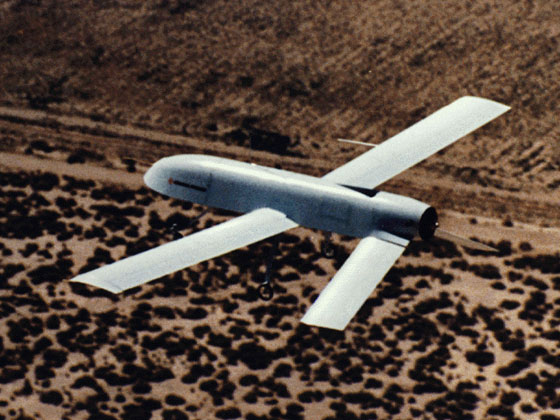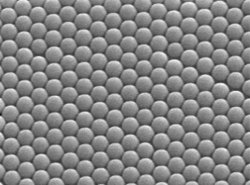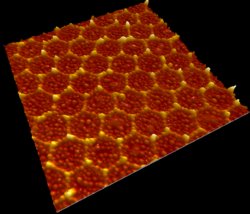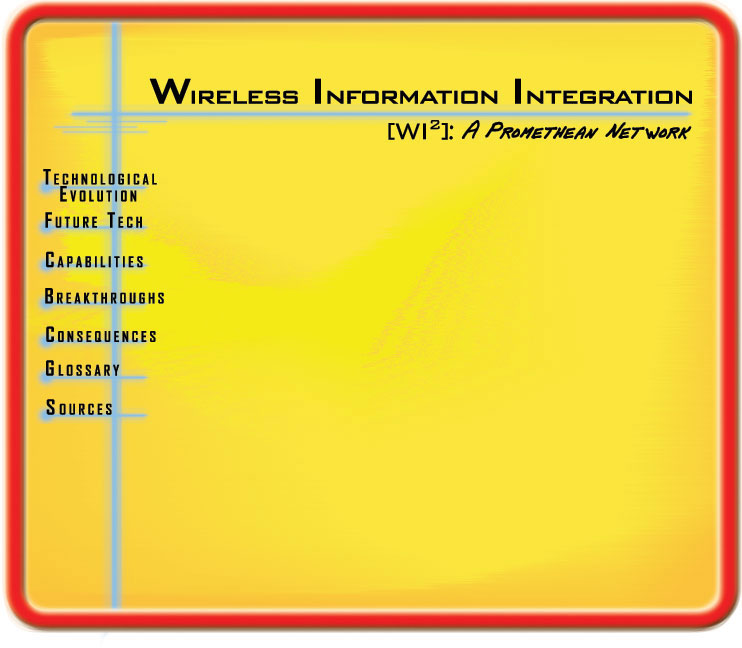Breakthroughs
Researchers
and industry professionals must first resolve some technological
barriers before
Wireless Information Integration can become a reality.
1. Unmanned GAN
Platform
Self-supporting, autonomous blimps hovering at
 20
km will blanket
GAN
signals over 800,000 sq km. Current unmanned aircraft stay aloft for
48 hours, and cell phone towers cover
only 26 sq km. 20
km will blanket
GAN
signals over 800,000 sq km. Current unmanned aircraft stay aloft for
48 hours, and cell phone towers cover
only 26 sq km.
The
GAN
will require 500
Gbps fiber optic landlines
encrypted with
quantum cryptography to connect
GAN
communication hub stations, buildings broadcasting
unidirectional signals to blimps. Modern fiber optics operates at
only a few gigabits per second.
2. Compact,
High-Throughput Transponder
FDIAs
need nanomechanical antennae capable
of 8
Gbps, 5
GHz
transmissions. Cell phone antennae are 3-9 cm long and handle 144
Kbps, 900
MHz
transmissions. The best existing
nanoantenna (engineered at Boston University) oscillates at 1.49
GHz.
3. Advances in
Nano-Lithography
 According
to
Moore�s law, the
FDIA will
run at several hundred
gigahertz. In order to engineer According
to
Moore�s law, the
FDIA will
run at several hundred
gigahertz. In order to engineer advanced circuitry and MRAM chips, companies will
use
nanosphere lithography,
which requires a 5-nm process. Companies currently use a
45-nm process. Existing
MRAM chips
store only 16 bits of
data; the
FDIA
needs 8-terabyte
MRAM chips.
advanced circuitry and MRAM chips, companies will
use
nanosphere lithography,
which requires a 5-nm process. Companies currently use a
45-nm process. Existing
MRAM chips
store only 16 bits of
data; the
FDIA
needs 8-terabyte
MRAM chips.
4. Compact,
Flexible Power Source
 Organic radical batteries (ORB)
will be thin, flexible, and biodegradable. Unlike
modern batteries,
ORBs
use organic radicals, not toxic compounds. Existing
ORBs
recharge in 30 seconds; the
FDIA's
ORB will recharge in two. Organic radical batteries (ORB)
will be thin, flexible, and biodegradable. Unlike
modern batteries,
ORBs
use organic radicals, not toxic compounds. Existing
ORBs
recharge in 30 seconds; the
FDIA's
ORB will recharge in two. |
